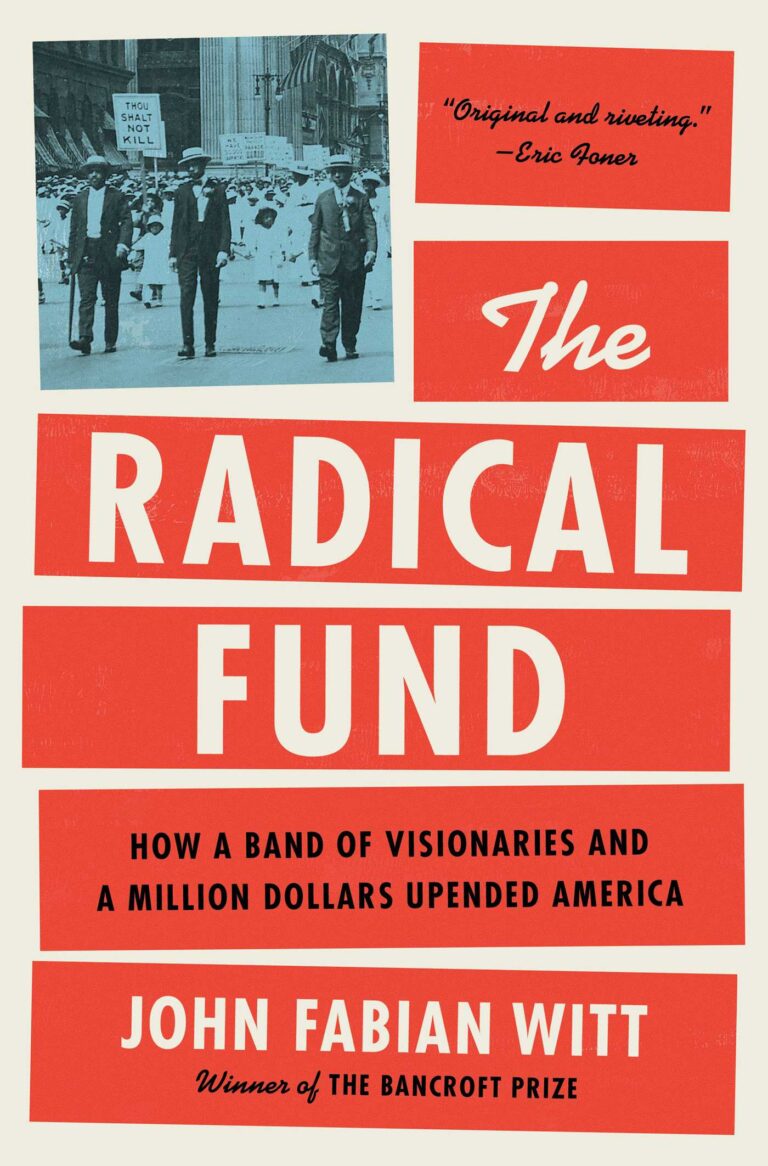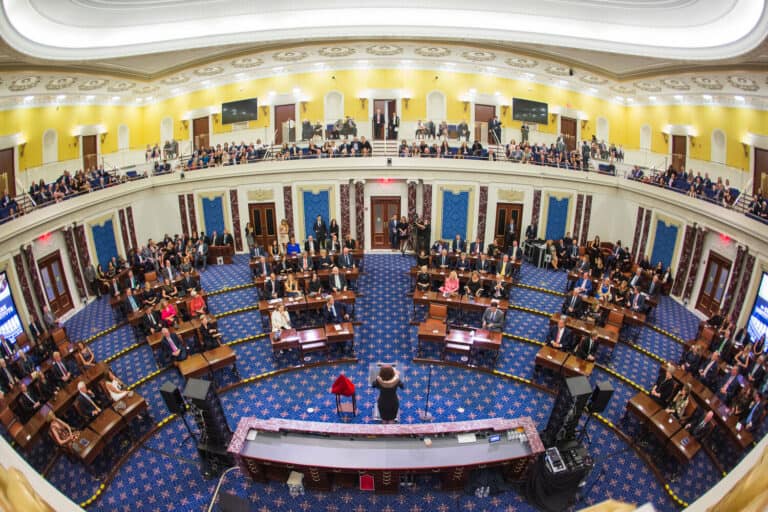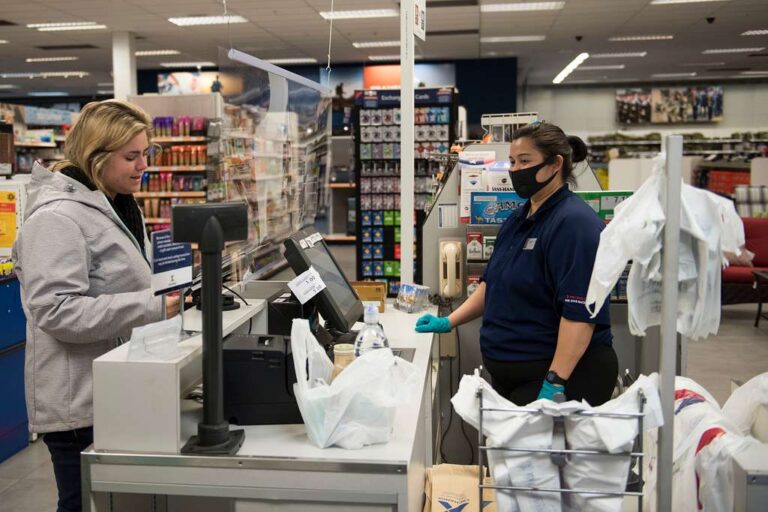This is Part Three of a four-part series. Part One gave a description of a recent prison uprising at Willacy County Corrections Center in south Texas. The event provided a platform for introducing the concept of incarcerated workers and the intersections between different areas of law that apply to incarcerated workers. Part Two provided a history of incarcerated labor and the form it takes today. Part Three will give a first cut of the law as applied to incarcerated workers. Finally, Part Four will discuss some of the broader implications of the prison “free” labor system.
Constitutional law and incarcerated workers
Incarcerated persons lack a constitutional right to choose whether to work. 2 Rights of Prisoners § 8:4 (4th ed.) The Thirteenth Amendment explicitly permits infringement on the rights of incarcerated individuals with respect to labor, and the use of involuntary servitude as a tool for punishment. Section 1 provides: “Neither slavery nor involuntary servitude, except as punishment for crime whereof the party shall have been duly convicted, shall exist within the United States, or any place subject the their jurisdiction.” Thus, under the Thirteenth Amendment, an exception is carved out for the use of forced labor as punishment for the “duly convicted.”
Since incarcerated persons have no Constitutional right not to work, courts have upheld the practice of placing of incarcerated persons in disciplinary confinement for refusing to work in the prison industry or elsewhere, or instigating others to refuse work, while under the control of the penal system. 2 Rights of Prisoners § 8:4 (4th ed.); (“Any unjustified refusal to follow the established work regime is an invitation to sanctions.” Mikeska v. Collins, 900 F.2d 833, 837 (5th Cir. 1990).
However, some advocates and scholars have argued that Thirteenth Amendment protections apply in the cases of immigrant detainee workers. This is a question that should be explored further. For other incarcerated workers, statutory law holds more promise for their labor and employment rights.
Historical interpretation of statutory law with respect to prison labor
A significant part of determining workers’ rights involves the line drawing exercise of deciding which workers are eligible for labor and employment protections and which workers are not; which are covered under the NLRA and FLSA and which are on their own to prevent and combat workplace exploitation. The typical test applied by courts to determine whether an employment relationship exists between the parties relies on two questions: 1) whether this particular relationship or occupation is exempted under statutory law, and 2) whether the employer has sufficient control over the conditions and terms of employment.
With respect to employment law as a statutory matter, the assumption might be that incarcerated workers are explicitly excluded as protected employees. However, incarcerated workers are not statutorily excluded from worker protections under the plain language of FLSA or any other major employment statue. Zatz at 875. It is well settled that when interpreting the FLSA, courts are required to define “employer” and “employee” expansively and to construe exemptions narrowly, see, e.g., Tony & Susan Alamo Found. v. Secretary of Labor, 471 U.S. 290, 295-96 (1985), and there is no language within the NLRA excluding prisoners either. Therefore, inmate workers do not fall under a blanket statutory exception to worker protections.
As Noah Zatz explains in his article, “Working at the Boundaries of Markets: Prison labor and the economic dimension of employment relationships,” before 1984, most “inmates’ employment claims alleged FLSA minimum wage violations based on their work for a private entity with commercial operations located on prison grounds, such as a work release program contractor.” While a less typical work arrangement, this factual situation was a necessary prerequisite for an FLSA claim because, until 1974, public entities were statutorily excluded from FLSA coverage. Moreover, between 1974 and 1985, such claims against public entities were excluded by the Supreme Court’s decision in National League of Cities v. Usery, 426 U.S. 833 (1976) (relying on the Tenth Amendment to bar application of the FLSA to state and local governments). This private third-party arrangement allowed inmates to name the private entity as defendant-employer rather than the government-run prison. But, for decades, courts applying the control analysis would conclude that the private entity did not employ the prisoners because the firm could “exercise only limited control over the inmates and [lacked] authority over hiring and firing. . . . As prisoners, plaintiffs were ordered by prison authorities to perform services for defendant drug companies, just as they would be ordered to work in any other [state-use] prison industry.” Sims v. Parke Davis & Co., 334 F. Supp. 774. at 783, 786.
But as Zatz’s explains, a “turning point came in 1984 with the Second Circuit’s opinion in Carter v. Dutchess Community College, the first reported federal ruling in favor of an inmate worker.” 735 F.2d 8 (2d Cir. 1984). Here, the appellate court objected to previous interpretations of the control test, stating that requiring “ultimate control” would “permit[] an employer who exercises substantial control over a worker, but whose hiring decisions occasionally may be subjected to a third party’s veto, to escape compliance with the [FLSA].” Carter, 735 F.2d at 14. Instead, the court looked to “how many typical employer prerogatives are exercised over the inmate by the outside employer, and to what extent,” holding that, “sufficient indicia of control existed for the plaintiff’s claim to survive summary judgment.” Carter, 735 F.2d at 14.
Following the Carter control analysis, Watson v. Graves, the 1990 Fifth Circuit opinion “has come to stand for the enduring proposition that an employment relationship may exist when an inmate works for a private firm as part of a work release program.” Zatz at 874. In Watson, the court “found an FLSA employment relationship where a Louisiana sheriff farmed out jail inmates to his son-in-law’s construction company at a rate of $20 a day.” Zatz at 874. “Control analysis supported the inmate’s claim because the contractor “not only determined which inmate would work for him, but also when, how frequently, how long, and on what projects the inmate would work, as well as what specific functions the inmate would perform.”
Current interpretation of statutory law with respect to prison labor
Notwithstanding the turning point on the control analysis signaled by Carter and Watson, many courts since have excluded incarcerated workers from protection under employment statutes. Courts have excluded these workers by holding that the character of the relationship with the prison or private third party work program is non-market and non-economic in nature, and therefore, not an employment relationship. Zatz at 878. Zatz explains how courts have focused on employment’s “economic character” in deciding a large number of prisoners’ statutory employment claims since the 1980s. Instead of holding that the law strips prisoners of protection simply because of their incarcerated status, the courts look to the general nature of employment as a distinct type of social relationship and analyze the economic, or market, character of the relationship. By characterizing the relationship between incarcerated workers and prisons as primarily of a social and penological character rather than of an economic character, courts have stripped protections from this group of workers.
However, the application of statutory law depends on whether the prison is privately or publicly run. Traditionally, the federal government or state government ran most prisons, but an increasing number of prisons and jails now are operated by private contractors like Management and Training Company (MTC), particularly in the running of immigration detention facilities. Today, as has been historically the case, suits against public prisons under FLSA and other employment statutes are still sharply limited, currently under the Supreme Court’s sovereign immunity ruling in Alden v. Maine, 527 U.S. 706 (1999). “Private prison operators and contractors, however, remain amenable to suit and must rely on specific characteristics of prison labor to avoid liability.” Zatz at 872; See Bennett v. Frank, 395 F.3d 409, 410 (7th Cir. 2005). From the perspective of inmate claimants, and lawyers or advocates working on their cases, incarcerated workers are in a much better legal position to challenge their working conditions if their employer is a private prison operator or a third party contractor.
Part Four of this series will examine the broader implications of prison labor in the context of mass incarceration and its connection to the decline of organized labor.






Daily News & Commentary
Start your day with our roundup of the latest labor developments. See all
November 6
Starbucks workers authorize a strike; Sixth Circuit rejects Thryv remedies; OPEIU tries to intervene to defend the NLRB.
November 5
Denver Labor helps workers recover over $2.3 million in unpaid wages; the Eighth Circuit denies a request for an en ban hearing on Minnesota’s ban on captive audience meetings; and many top labor unions break from AFGE’s support for a Republican-backed government funding bill.
November 4
Second Circuit declines to revive musician’s defamation claims against former student; Trump administration adds new eligibility requirements for employers under the Public Service Loan Forgiveness program; major labor unions break with the AFGE's stance on the government shutdown.
November 3
Fifth Circuit rejects Thryv remedies, Third Circuit considers applying Ames to NJ statute, and some circuits relax McDonnell Douglas framework.
November 2
In today’s news and commentary, states tackle “stay-or-pay” contracts, a new preliminary injunction bars additional shutdown layoffs, and two federal judges order the Trump administration to fund SNAP. Earlier this year, NLRB acting general counsel William Cowen rescinded a 2024 NLRB memo targeting “stay-or-pay” contracts. Former General Counsel Jennifer Abruzzo had declared that these kinds […]
October 31
DHS ends work permit renewal grace period; Starbucks strike authorization vote; captive-audience ban case appeal